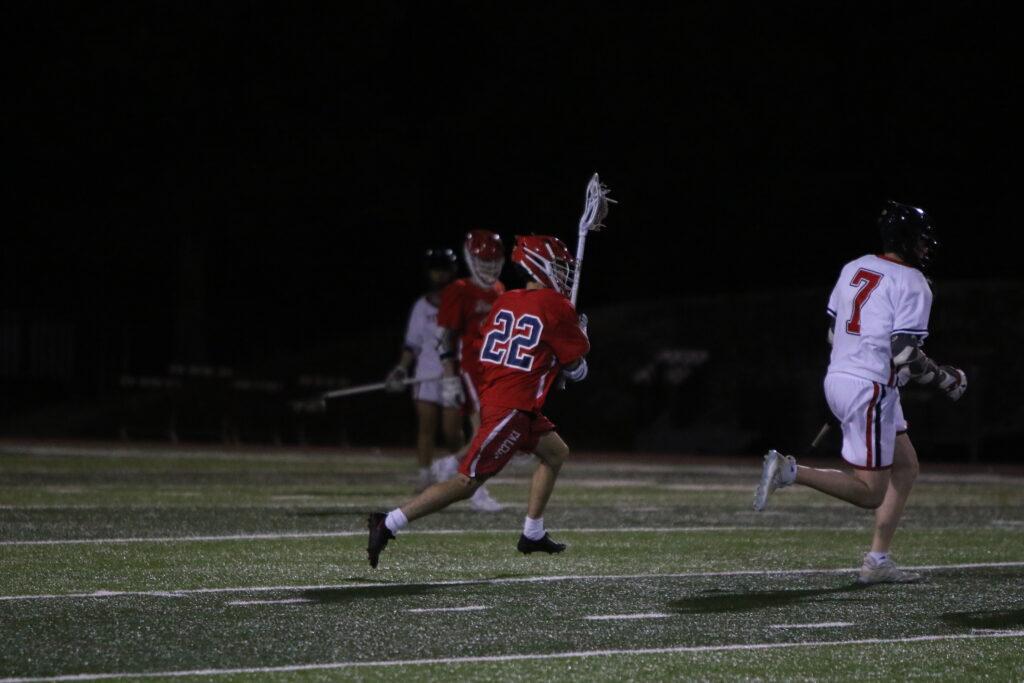Travel to Lexington Reservoir near Los Gatos on a typical afternoon, and you’ll see senior Izzy Zuccarino crouched down at the end of the boat, yelling out words of encouragement and directions to the rowers in front of her, as their oars cut through the water in one fluid motion.
As the coxswain of the Los Gatos men’s varsity rowing team, Zuccarino carries a huge responsibility (since the women’s team did not have enough room for one more, the varsity men team for Los Gatos was able to accommodate Zuccarino as their coxswain.) Her position, little understood by many people, may seem simple at first but is essential to the success of her team.
“People usually describe my position as one similar to that of a quarterback,” Zuccarino said. “I really come into play during races when I have to motivate and steer correctly.”
In rowing, there are usually eight people to a boat, all with different positions and tasks. The team consists of the coxswain, stoke seat, bow seat, stern pair and bow pair. All these seats hold the same power and responsibility toward the team’s success.
In particular, a coxswain is in charge of leading practice with drills and technique. Rowers are not supposed to look out on the sides of the boat, so the coxswain, or cox for short, relays the proximity of the other boats in relation to their own.
The coxswain is also in charge of steering the boat, coordinating the power and rhythm of the oars and communicating to the rest of the crew using a device called the “cox box.”
Senior Nicole Bowman, who also competes in the sport as a rower, believes that though coxing and rowing are very different, they share the same demands and pressures.
“[The coxswain] puts in the same amount of time as the rowers,” Bowman said. “Other team members are not supposed to look out on the sides of the boat, so the cox has to multitask extremely well to lead the team effectively.”
The team generally spends three hours a day, six times a week practicing in many clubs, and can sometimes go up to 30 hours a week during competition season.
“[Practice] was really hard during nationals my sophomore year because I had practice at 5 a.m. before school, two times a week for a month,” Zuccarino said. “It’s been really hard to balance sport these past four years with the constant pressures of school.”
Bowman has experienced her own set of difficulties balancing rowing and academics.
“I have found that the hardest part about managing school and crew is the constant exhaustion,” she said. “After a hard practice, it can be impossible to stay awake late into the night to finish homework. It really makes you value your free time.”
Yet, despite the challenges, dedication to the sport has its benefits. Zuccarino has officially committed to the University of California San Diego for rowing, while Bowman has been accepted into the University of Wisconsin-Madison for rowing.
For Zuccarino, the impact of coxing will remain with her no matter where she goes.
“I believe that although what I do may not be physical, it is definitely a huge mental challenge because I have to come to practice every day ready for new motivation for my guys,” Zuccarino said.


























